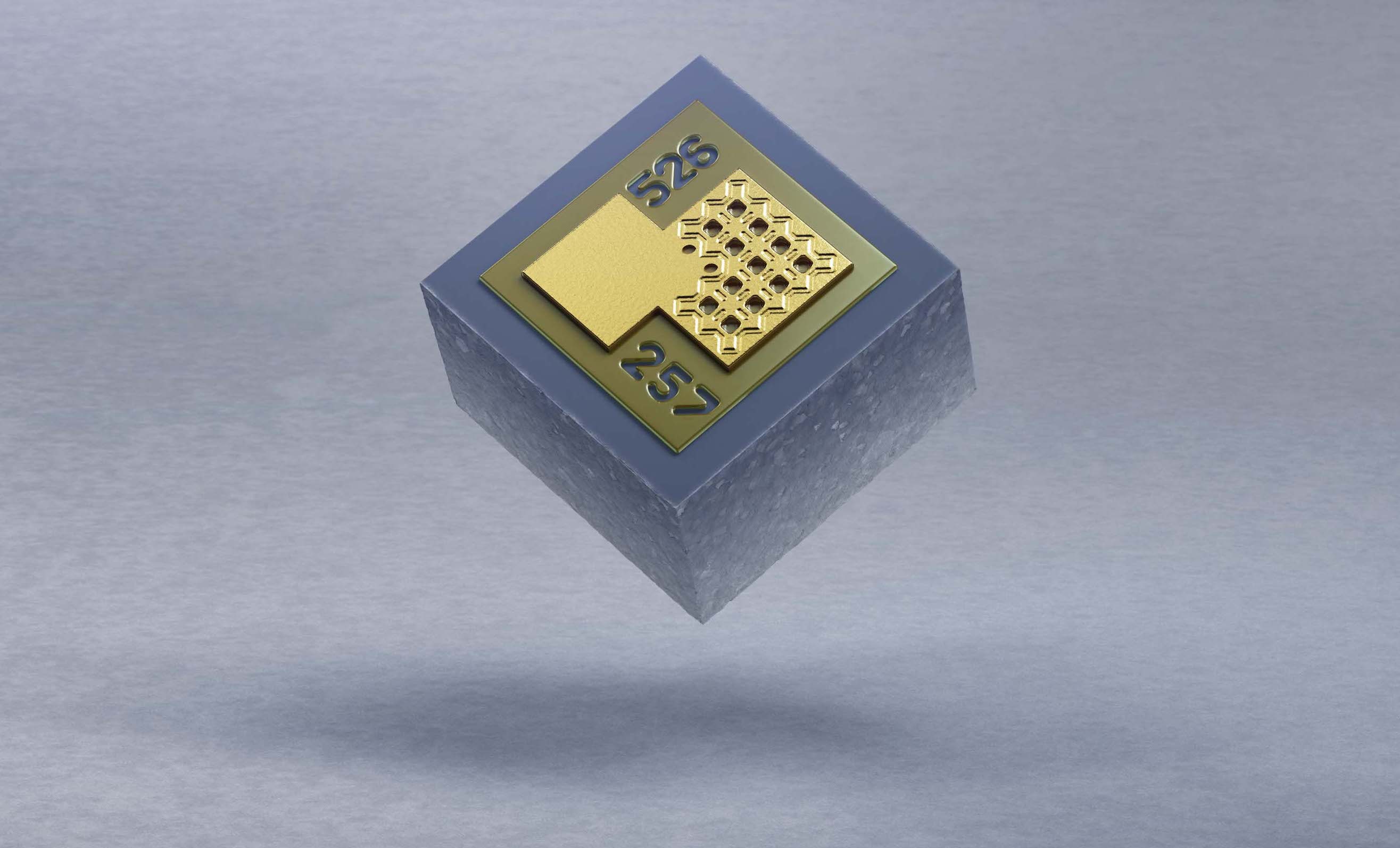Trumpf announces VCSELs for 3D sensing

New generation of 940nm single-mode and multimode VCSEL target laser auto focus and under-OLED sensing
Trumpf Photonic Components has announced new advanced VCSEL solutions to expand its portfolio for 3D sensing in consumer and industrial applications. The new generation 940 nm VCSEL arrays enable improvements in various functionalities combined with a high reliability performance such as long product lifetime at a broad temperature range.
The new VCSEL generation is said to provide better results in optical applications such as proximity sensing, laser auto focus applications or under OLED display sensing. Trumpf also addresses the trend of all-screen-display in high-end consumer electronics, and the challenge of system designers to place advanced optical sensing technologies underneath the displays.
Furthermore, the new generation is described as an 'ideal' light source for advanced industrial and automotive time-of-flight applications, referring to first customer feedback. “We stand for highest technology standards and fast product development. It was back in 2015 when the first Trumpf VCSEL, and the first VCSEL at all, was put into a smartphone for proximity sensing. Our innovation leadership is substantiated by over 1,6 billion VCSELs shipped out since then, to enable 3D sensing and illumination in smartphones” says Ralph Gudde, VP marketing and sales at Trumpf Photonic Components.
Improvements in sensing and illumination quality
To enhance the quality in proximity sensing and laser auto focus applications the new single-mode 940 nm VCSEL array (pictured above) consists of twelve quadratic emission zones to generate a high output power of 18 mW. Optical application design becomes significantly easier thanks to the absolutely symmetrical and Gaussian-shaped beam profile. The device performance remains single-mode even when operated at nanosecond pulses and stable output power performance over lifetime is ensured by the robust design.
A second new product Trumpf will launch shortly is a multimode VCSEL which comes with controllable polarization. The feature of stable and advanced linear polarisation improves the illumination quality and resolution in demanding 3D illumination applications such as optical sensing through OLED display. This new multimode 940 nm VCSEL comes with two emission zones, that generate an optical power of 8 mW. Trumpf has developed the patented technology of VCSELs with stable polarization for high volume applications. The polarization is locked by a surface grating etched directly into the GaAs. Due to the optimized grating design the new polarized VCSELs achieve almost 100 percent of the efficiency compared to standard non-polarized VCSELs.
“With our expanded portfolio of single- and multimode, high power and polarization controlled VCSEL products, we are well positioned to serve the demanding 3D sensing and illumination applications not only in smartphones, but also in VR and AR as well as industrial and automotive applications.” Gudde adds.



































